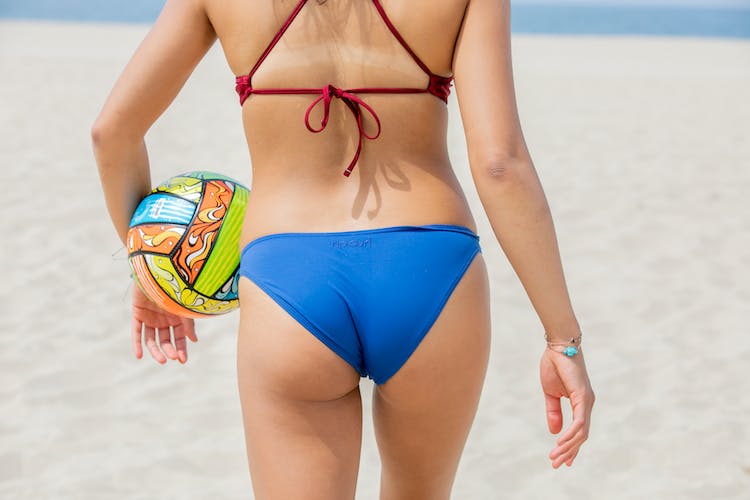
Every year, Sports Illustrated releases a swimsuit issue featuring the newest swimwear worn by gorgeous models. This issue consistently sells more copies than any other. Readers from all over the world swarm to pages with stunning models wearing the sexiest swimwear to gaze at them. American culture includes a beach culture, a surf culture, fashion, and athletics, all of which are influenced by the fleshy beach scenes.
Women’s and men’s swimwear in Victorian times covered a lot more of the body. Early in the 20th century, an Austrian synchronized swimmer who was competing in the United States was detained for indecent exposure. Suit sizes started to get smaller after this prominent event. The legs came up to mid-thigh before the arms were made visible. New fabrics also made it possible for styles to be more cozy and useful.
Performance and style are equally important in today’s swimming costumes. To look their best on the beach, both sexes spend countless hours in the gym and thousands of dollars on cosmetic surgery. One can appear on the scene and flaunt their skills by wearing a swimsuit or a coverup. The bikini is arguably the most exposed swimsuit. A women’s bikini is made up of two pieces: one that covers the bottom and the other the chest. Women’s bikinis in Europe sometimes only have the bottom piece. In other countries, showing a woman’s top is much less frowned upon.
Men can wear bikinis as well. Because it resembles the minimalist athletic bathing suit for swimmers that Speedo has marketed to athletes, this small item is sometimes affectionately referred to as a Speedo. Again, men wearing less clothing and showing more body at the beach is much more common overseas.

Businesses also promote more subdued lines. One-piece unitards are functional and fashionable for women. Knee-length trunks are acceptable for men. The 1980s saw a huge increase in the popularity of jams, or floral patterns.
High-tech, specialized swimwear is produced for athletes by athletic companies like Nike and Speedo. In order to lessen the body’s drag in the water, Speedo introduced a full body swimsuit in 2008. Then came a brief period of unprecedented record breaking. Even the 2008 Olympic Committee considered whether swimsuits provided an unfair advantage and should be prohibited from the competitions. The swimsuit, according to athletes, did not necessarily give them a physical advantage, but it did make them feel more assured before diving into the water.
Young children’s coaches and parents were concerned about the new performance fabrics. Adults were concerned that the expensive suits would become necessities for young swimmers competing internationally. Historically, kids’ entry-level sports like swimming have been fairly affordable. Adults worried that some athletes would be left out by putting swimwear front and center at competitive meets. Plus, there are so many must-have items for kids that parents already feel a financial strain. It is still being discussed.